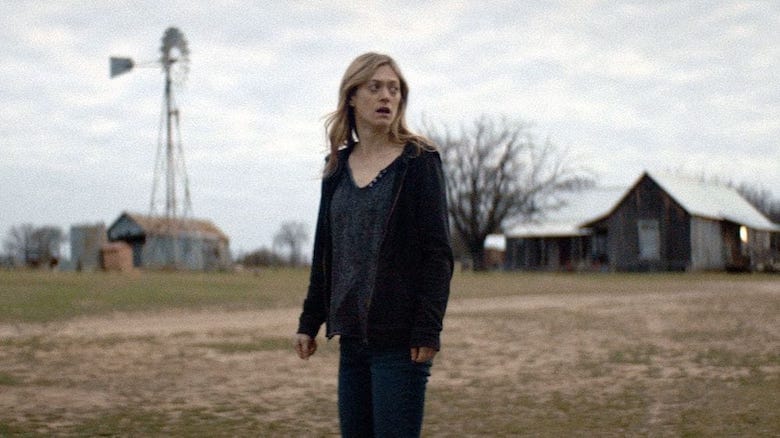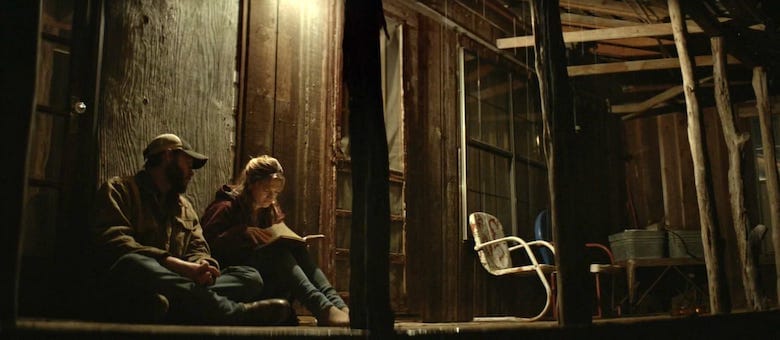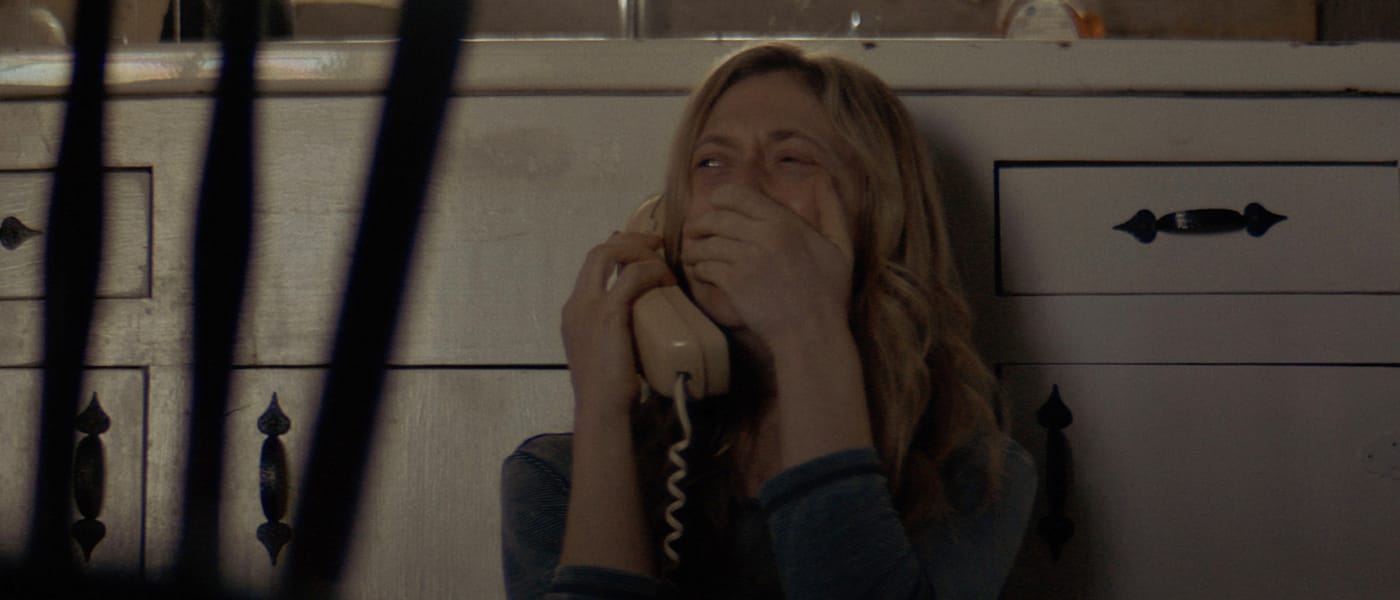In many ways, contemporary horror still follows its Gothic ancestor’s tropes. The haunted house, the abandoned asylum, the tunnels and labyrinths beneath seemingly normal facades. While horror is evolving, including new, modern spaces that more closely resemble modern life for most of us, the Gothic ways still linger.
One of the key components of the Gothic is a sense of reader righteousness. When reading a Gothic tale, it’s easy to blame the protagonists for their sense of curiosity. In The Haunting of Hill House by Shirley Jackson, for instance, a small part of the blame can be attributed to their going to Hill House in the first place. Why bother a haunted house? Just leave it alone and you won’t be haunted. Stories with Gothic leanings tend to have some component of rurality. The abandoned asylum is abandoned, the castle is a half a mile away from town and behind a fence of barbed wire. They are removed from us. Though this is not always the case, it is common enough to warrant being called a trope.
The Dark and The Wicked plays on this idea, though forgives its protagonists through the familial need of children to return to the family home in times of crisis.
Farmlands of Horror
Farms are a horror staple. From King’s 1922 to The Texas Chainsaw Massacre (1974) we urbanites delight in rustling cornfields, spectral lights in the barn, and the whispering sounds of animals we can’t identify in the night. Farms are also integral to concept of the American identity. From promises in the Old World of land and freedom in the New, to the idealism of western expansion across the continental United States, farmlands are the backbone of the American national expression.

While farm lands hold an idealised version of Americana, they too represent a conservative consciousness that is often as removed as the Gothic locale from the urban based consumers of horror media. The three states with the largest amount of farmland in the US are in Texas, Iowa, and Missouri – each of whom voted for Trump in both elections. This links to an urban prejudice toward rural communities, a prejudice that considers conservatism in political leanings to an exacerbated reliance on theology. In lamens terms, superstition.
Rural Barbarism
Films such as Wrong Turn, The Hills Have Eyes, and the aforementioned The Texas Chainsaw Massacre are all symptomatic of reducing conservative ideals and religious fervour to an equivalence with barbarism, violence, and infantilism through lack of education. One way in which The Dark and The Wicked reinforces this idea is through having Louise and Michael, the grown-up children of the family being haunted, continually refer to their mother as “mama.” In popular culture, “mama” reflects a lack of ability in vocabulary between a child and their mother, with the child reducing the title to two easily communicated syllables.

Ruralism in this instance is defined by Adam Scovell’s Folk Horror: Hours Dreadful and Things Strange (Auteur Publishing, 2017). Although he’s describing the concept in terms of the British Landscape, his definition is succinct enough to cover American ruralism too. Taken from Emily Turner’s review of the book, the quote reads that where “elements within its topography have adverse effects on the social and moral identity of its inhabitants.” Even through this definition we can see the prejudice imposed on those happily living amongst the fields by their more “sophisticated” city dweller counterparts. There is an innate sense of stunted growth, of a primitive way of life restricted by tradition rather than advanced through culture.
The Dark and the Wicked Explained
The Dark and the Wicked does two things that put a spin on the concept of ruralism in horror. There are minor spoilers ahead.
The first is the symbolism placed on family within the film. While The Dark and the Wicked does revolve around a nuclear family (as Lobos puts it, this definition is largely, “Mama Bear, Papa Bear and Baby bear”) the father is at the centre of the haunting through his illness and the mother is so disturbed by the time her children alive that she kills herself very early on in the film. Far from the rural family being a tight-knit unit, the Straker children have gone off and built lives of their own rather than stay on the farm where they were born. Their subsequent return is directly disobeying their mother who says “I told y’all not to come.” The reason for this becomes apparent early on.
— FOUNDATIONS OF HORROR —
Further explore these subgenres & tropes. more>>
#Familiar Places are Scary

This is neither a haunted house story nor a possession story – yet both at the same time. The malevolence in the farm is already there by the time the children arrive and had been for some time going by the mother’s journal, found beneath their father’s sick bed.
The voices in my head. His voice. He makes me want to die. I locked the door, but he comes inside the room. I want David to wake up. I grab his hand, I squeeze it – WAKE UP! That sound, so many mouths. He climbs on the bed, he hurts David. He laughs at me. He kills me. I’m already dead. I’m dead.
This short extract from the mother’s journal highlights the second key difference of this film from its peers. It highlights that we – the viewer – are too late from the moment we arrive at the Straker farm. There is no hope of saving the father, the rot has sunk in too deep. This is further corroborated by the obligatory introduction of a priest at the mention of the Devil. The priest is both uninvited by the Straker children and claims to have visited the mother despite her being non-denominational. To the children, this notion of the Devil is because of the priest’s intervention, not in spite of it. The priest poisons the mother with theocracy. This revaluation of religion within horror is a vast subject, but deserves our attention here because it rallies against our perceptions of hyper-religious rural communities.
With The Dark and the Wicked explained we begin to deconstruct our prejudices against rural spaces and those who inhabit them in horror. We begin to understand that not all highways are guarded by jaded sentry’s desperate to put the hapless city dwellers into harm’s way for the sake of their sin. We begin to understand the complex relationship between the topography of both agricultural and natural areas and realise the bond between those who inhabit those space with the world around them. It creates a distinction between people that has largely been held only for urban settings. The Dark and the Wicked does what few horror movies tries to, and evoke sympathy for those in danger regardless of where they grew up. After all, when the Devil comes, he doesn’t care whether you believe in him or not – you’re already dead.
Last Updated on April 1, 2021.

